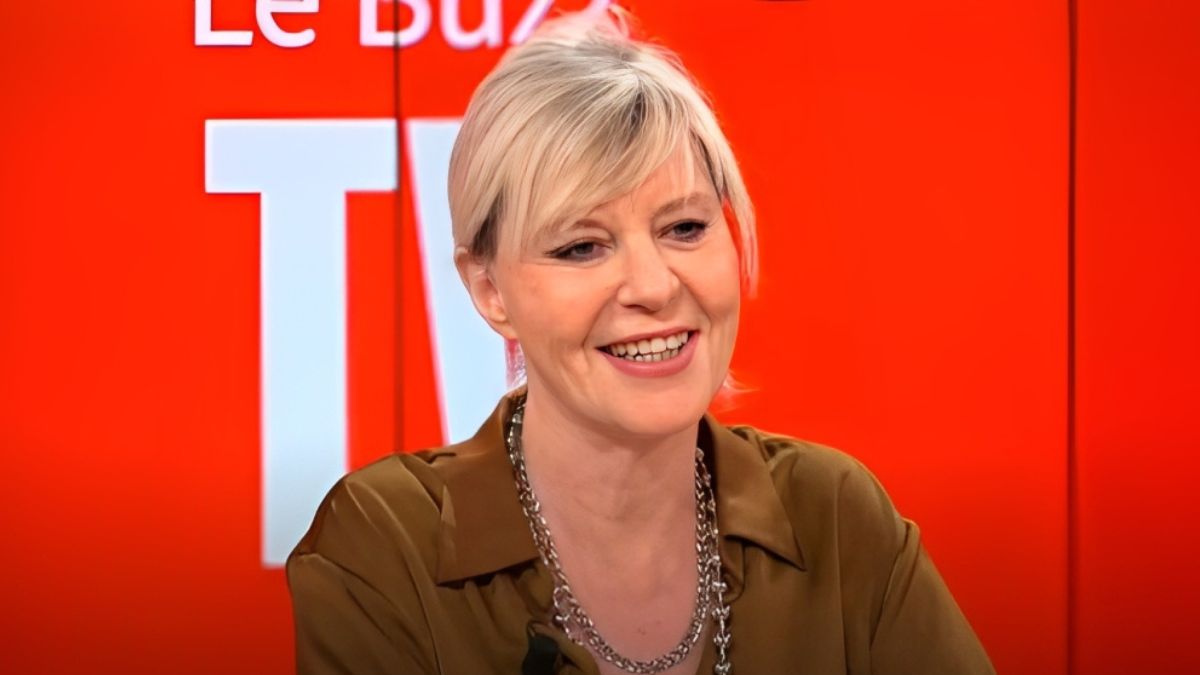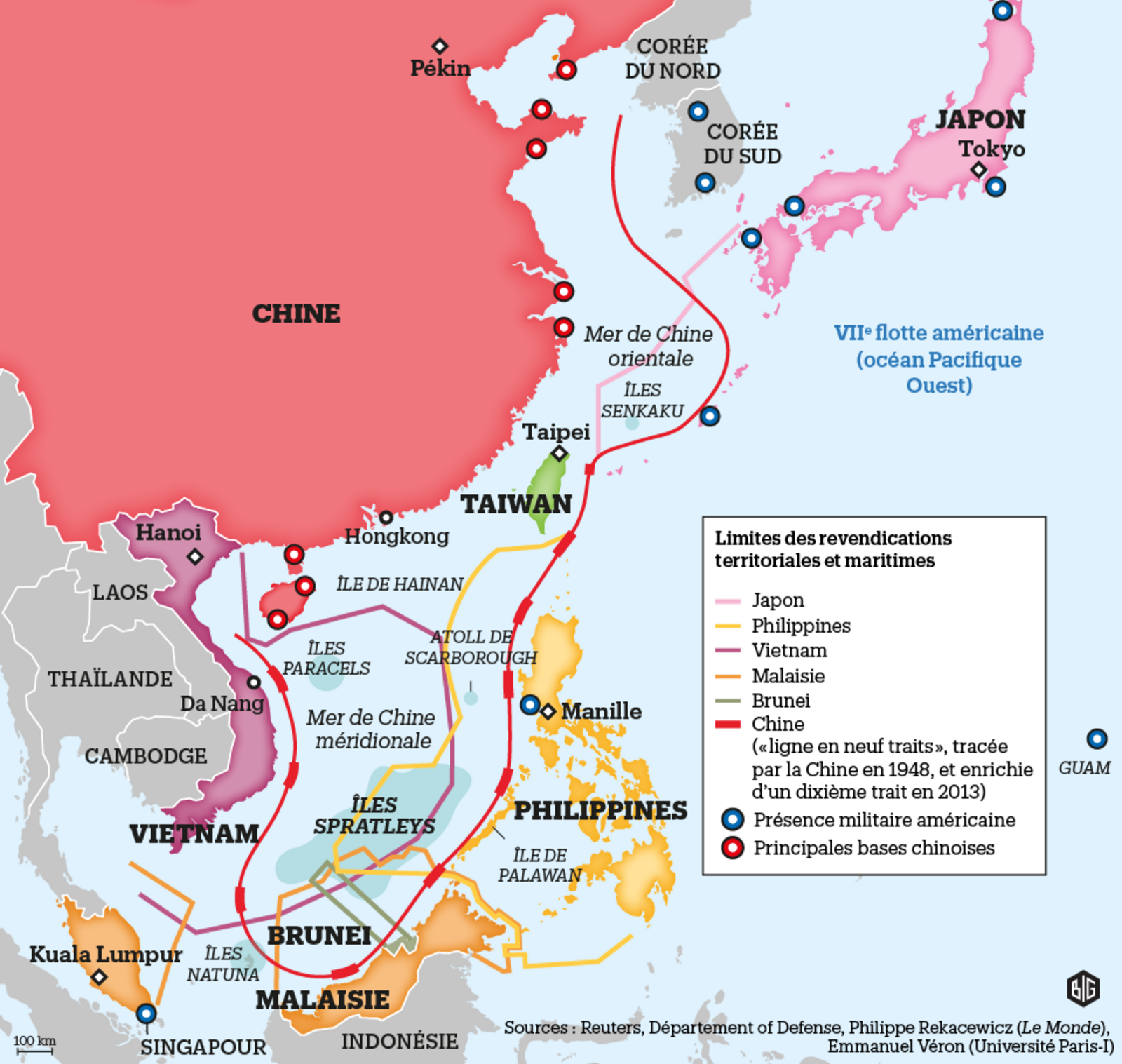Analyzing Putin's Victory Day Parade: Assessing Russia's Military Readiness

Table of Contents
Equipment Displayed: A Showcase of Strength or Weakness?
The equipment displayed during the parade provides a crucial window into Russia's military capabilities. Analyzing the mix of modern and obsolete weaponry allows us to assess the true state of their modernization efforts and potential logistical vulnerabilities.
Modernization Efforts: A Mixed Bag
While the parade showcased some examples of advanced Russian military technology, the overall picture remains nuanced.
- Hypersonic Missiles: The parade featured a display of hypersonic missiles, signaling Russia's commitment to developing advanced weaponry. However, the operational readiness and deployment capabilities of these systems remain uncertain.
- Next-Generation Tanks: The appearance of newer tank models suggests ongoing modernization efforts. However, their numbers compared to older models and their overall battlefield effectiveness remain subject to debate. Open-source intelligence suggests limited deployment of these newer tanks in Ukraine.
- Drone Warfare Capabilities: The parade showcased a variety of drones, highlighting Russia's investment in unmanned aerial vehicles. The effectiveness of these drones in Ukraine has been mixed, suggesting areas for improvement.
- Notable Absences: The absence of certain advanced weaponry expected to be in service raises questions about production delays, technological challenges, or strategic choices. This requires further investigation and analysis of open-source intelligence reports.
Obsolete Equipment and Logistics: A Potential Achilles Heel
The parade also included a significant proportion of older, Soviet-era equipment. This raises concerns about Russia's logistical capabilities and the overall readiness of its military.
- Outdated Weaponry: The presence of significant numbers of older tanks, artillery pieces, and other weaponry suggests challenges in replacing outdated systems. This may point to supply chain vulnerabilities and production limitations.
- Maintenance Challenges: Maintaining a large fleet of older equipment is expensive and resource-intensive. This potentially impacts the overall operational readiness of these systems.
- Troop Transport and Supply Systems: The parade's display of transport vehicles and logistical support systems offers insights into Russia's capacity to supply and support its troops in the field. Analyses suggest significant shortcomings in this area, contributing to difficulties faced during the Ukrainian conflict.
Troop Numbers and Deployment: A Reflection of Manpower Resources
The number of troops participating in the parade and their apparent readiness provide insights into the manpower resources available to the Russian military.
Ground Forces Assessment: A Strain on Resources?
The scale of ground troops present in the parade, while impressive, needs to be considered in the context of the heavy losses incurred during the ongoing war in Ukraine.
- Estimates of Troop Numbers: While precise numbers are difficult to ascertain, observations suggest that the ground forces displayed may not fully reflect the actual strength of Russia's army after significant losses in Ukraine.
- Equipment and Morale: The equipment and apparent morale of the troops showcased are important factors to consider in assessing their combat effectiveness. Reports of low morale and equipment shortages in Ukraine are widely circulated.
- Losses in Ukraine: The significant losses suffered by the Russian army in Ukraine cannot be ignored when assessing their overall manpower resources and readiness.
Air and Naval Power Display: A Show of Strength, But With Caveats
The parade also showcased elements of Russia's air and naval power.
- Russian Air Force Display: The type and number of aircraft presented provide a glimpse into the strength of the Russian Air Force. However, the actual operational capacity and effectiveness, especially in light of losses and maintenance issues, need further investigation.
- Russian Navy Showcase: The parade featured naval vessels, showcasing the strength of the Russian Navy. However, the condition and readiness of these vessels, particularly after losses incurred in the Black Sea fleet, warrant careful consideration. The damage inflicted on the Black Sea fleet during the conflict warrants a nuanced view of their overall capacity.
Political Messaging and Propaganda: Interpreting the Kremlin's Narrative
The Victory Day parade serves as a powerful tool for both domestic propaganda and international messaging.
Domestic Audience Targeting: Boosting Morale and Support
The parade aimed to reinforce domestic support for the war in Ukraine and consolidate support for Putin's regime.
- Nationalistic Rhetoric: The parade's narrative emphasized national pride, military strength, and the justification for the war in Ukraine, aiming to sway public opinion.
- Media Coverage and Public Response: The parade received extensive coverage in state-controlled media, shaping the public narrative and bolstering the Kremlin's message. The level of public support for the war in Ukraine remains a topic of ongoing debate.
- Impact on Morale: The parade may have been intended to boost the morale of both the military and the civilian population, though the long-term effects remain to be seen.
International Message and Implications: A Deterrent or a Miscalculation?
The parade also conveyed a message to the international community, particularly to Russia's adversaries.
- Military Deterrence: The display of military hardware aimed to project strength and deter potential adversaries, especially NATO.
- International Response: The parade elicited responses from various countries, reflecting their assessments of Russia's capabilities and intentions.
- Impact on International Relations: The parade's implications for international relations are complex and far-reaching. It serves as a data point in the overall assessment of geopolitical dynamics and stability.
Conclusion: Analyzing Putin's Victory Day Parade – An Ongoing Assessment
This analysis of Putin's Victory Day parade provides valuable insights into the current state of Russia's military readiness. The parade, while showcasing certain advanced weaponry, also revealed potential weaknesses in terms of logistics, manpower, and the overall readiness of its aging equipment. The Kremlin's strategic messaging, aimed at both domestic and international audiences, further underscored the complexities of assessing Russia's military strength. To gain a more comprehensive understanding of the Russian military's capabilities and limitations, continued monitoring and analysis of open-source intelligence are crucial. Continue to follow developments and engage with further analyses of analyzing Putin's Victory Day parade to stay informed about the implications for geopolitical stability.

Featured Posts
-
 L Humour De Chantal Ladesou Analyse De Son Style Et De Son Succes
May 11, 2025
L Humour De Chantal Ladesou Analyse De Son Style Et De Son Succes
May 11, 2025 -
 Apples Actions Unintentional Savior Of Google
May 11, 2025
Apples Actions Unintentional Savior Of Google
May 11, 2025 -
 Analyzing Sylvester Stallones Limited Role In Jason Stathams New Movie
May 11, 2025
Analyzing Sylvester Stallones Limited Role In Jason Stathams New Movie
May 11, 2025 -
 Chantal Ladesou Les Vraies Raisons De Son Absence A Qui Rit Sort
May 11, 2025
Chantal Ladesou Les Vraies Raisons De Son Absence A Qui Rit Sort
May 11, 2025 -
 Resilience De L Euro Comprendre Sa Resistance Aux Tensions Actuelles
May 11, 2025
Resilience De L Euro Comprendre Sa Resistance Aux Tensions Actuelles
May 11, 2025
